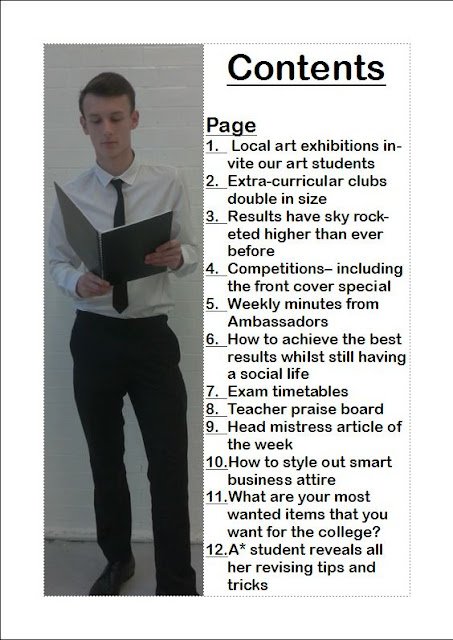Psychographic segmentation also known as behavioral segmentation, which basically divides the population into groups based on social class, lifestyle and personality characteristics. It is based assumption that the types of products/ brands an individual purchases will reflect that person's characteristics and way of life. As a result people tend to fall into common catergories, these catergories are then turned into psychographic profiles. The most popular seven profiles are:
Belonger:
This group loves community, loves being with family and friends. This person needs to belong to a group, a community. They are very nationalistic, and don't like change. Their best time is spending time with their friends, talking, having fun, hanging out. They are hard working, and are extremely conservative in their views, and most likely religious.
Achiever:
This is the serious business person that is constantly looking to become more, and to make more. Power and physical wealth is the major stimulator that makes this person perform day in day out, 12-16 hours a day, 365 days a year. Workaholic is frequently an apt way of describing these people.
Emulator/ wanna be:
This group would love to be an Achiever, but isn't. The emulator will try to do anything to make him or herself look like an Achiever with the goal of attracting the opposite sex or approval within their peers. The point is that the Emulator is trying to be like their idol in the pool of true achievers. And they motivation is that they believe this will make them more attractive to a member of the opposite sex, or to be more popular within their own group. This group suffers from low self esteem, needs peer approval, is usually under 30 years old, frequently not financially stable, but will spend whatever money they have on anything that will make them look like their ideal: successful.
Socially Conscious Type A:
This group is not concerned with the world of achievement or the world of family or community, but rather what effects their actions have on society on a whole. The want to make the world a better place. They are environmentally concerned, they recycle, they use less, buy things that are environmentally friendly, and drive fuel efficient cars. They believe in schooling and teaching the children, are frequently highly educated with one or two university degrees, mostly in the liberal arts. They like to help the homeless and the poor, the socially disadvantaged. They are the ones that want to make a difference in their society, to help those who need help, and to guide those that need guidance. But they are quite cynical about society and it's downfalls, yet take a generally positive view of how the future could be.
Socially Conscious Type B:
Type B has given up on humanity on a whole, and has moved off into their own small communities where they live socially conscious within their socially conscious group, communes. They are mostly self sufficient, and purposely cut themselves off from the world, so they are unlikely to be open to offerings from it now. But you are likely to get a lively debate with them over most topics, especially on governments, large business, world governments, and your general run of any conspiracy theories.
Balanced / Totally integrated:
Basically, these are Achievers with a Social Conscience, a person that achieves with the purpose of making the world a better place.
Needs driven:
These are people that buy on impulse and instinct, depending on what they need at the time. There is little planning and things are bought as they are required. Another curious thing about this group is that they will frequently flash large amounts of money around, even if it is only a bundle of one dollar bills with a twenty on the outside to make it look good. In this way, there is a bit of emulator there, but they are not trying to emulate anyone in particular, they only want to prove that they have money. And to follow along the same line, when they do have a bit of money, they will spend it instantly on something, throwing a party, inviting their friends for drinks or dinner. From what I understand, the psychological motivation behind this is that they believe that if they do not spend it now, then it won't be there later.







